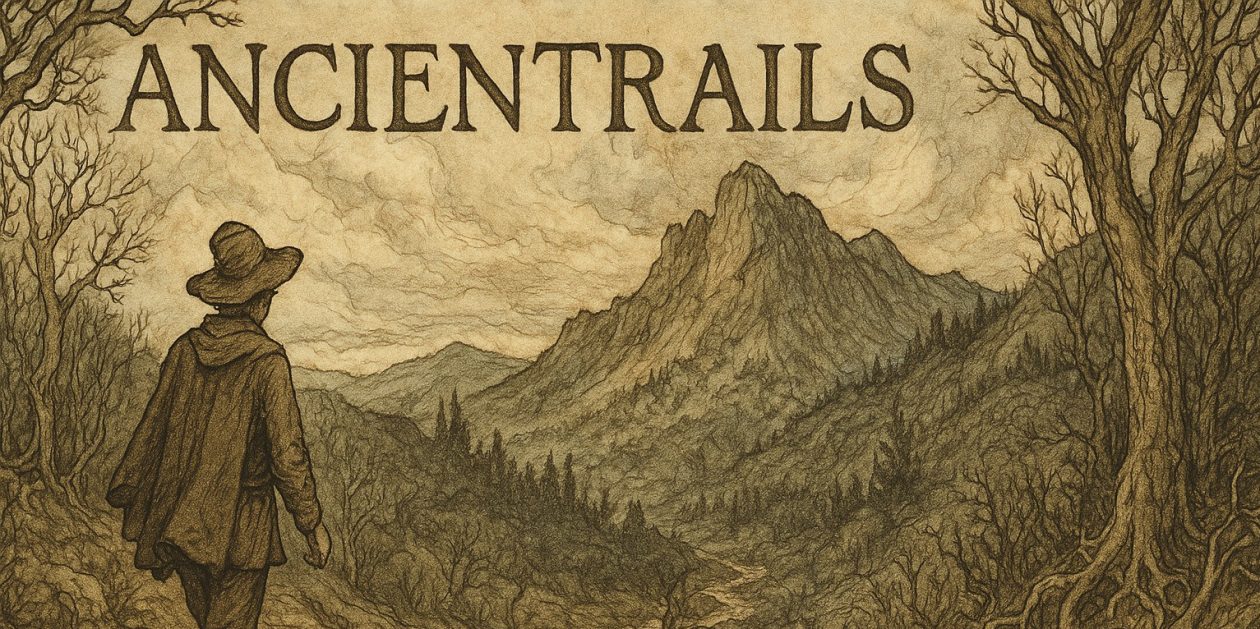Samhain Waxing Thanksgiving Moon
The daylight is gone, twilight has fallen and night is on its way. Now that we have entered the season of Samhain, the leaves have vanished from the trees and the clouds, like tonight, often hang gray in the sky. Samhain means the end of summer and in the old Celtic calendar was the half of the year when the fields went fallow while the temperature turned cool, then cold, hope returning around the first of February, Imbolc, when the ewes would freshen and milk would once again be part of the diet as new life promised spring.
In between Imbolc and Samhain lies the Winter Solstice. The early darkness presages the long twilight; it lasts from now until late December as we move into the increasing night until daylight becomes only a third of the day. This has been, for many years, my favorite time of year. I like the brave festivals when lights show up on homes and music whirs up, making us all hope we can dance away our fear.
The Yamatanka mandala at the Minnesota Institute of Art gives a meditator in the Tantric disciplines of Tibetan Buddhism a cosmic map, brightly displaying the way to Yamatanka’s palace grounds. In the middle of the palace grounds, represented here by a blue field with a vajra (sacred thunderbolt) Yamantaka awaits our presence.
In the Great Wheel as I have come to know it, we visit Yamantaka on the night of the Winter Solstice, that extended darkness that gives us a foretaste of death. Our death. On that night we can sit with ourselves, calm and quiet, imagining our body laid out on a bed, eyes closed, mouth quiet, a peaceful expression on our lifeless face.
We can do that, not in suicidal fantasy, but in recognition of our mortality, our finite time upon the wheel of life, awaiting our turn as the wheel turns under the heavens carrying us away from this veil of samsara. If we can do that, we can then open ourselves to the thin sliver of light that becomes more and more, as the solstice marks the turning back of the darkness and brings us once again to life.
When we can visit Yamantaka’s palace, sup with him in this throne room and see death as he, the conqueror of death sees it, we are finally free.
